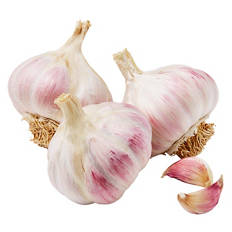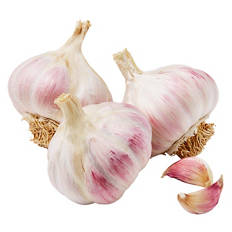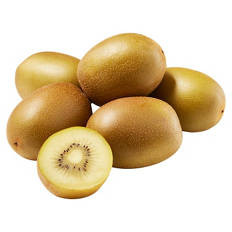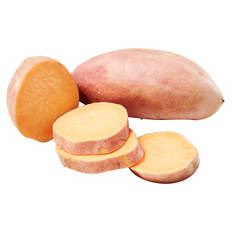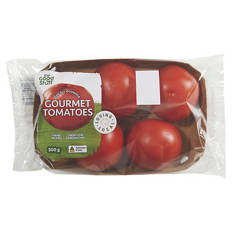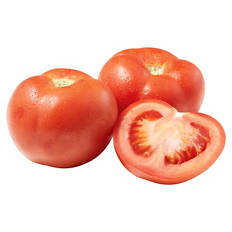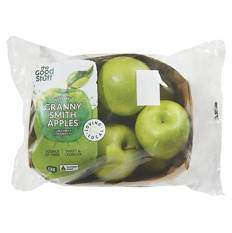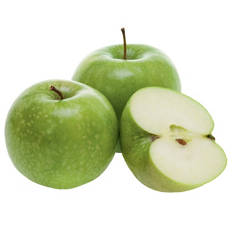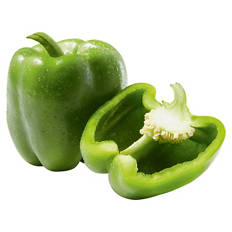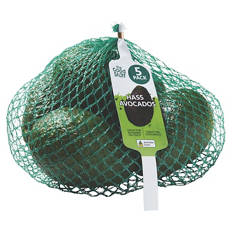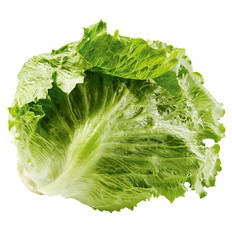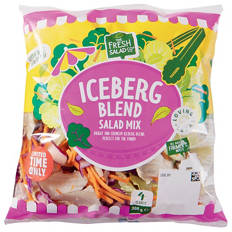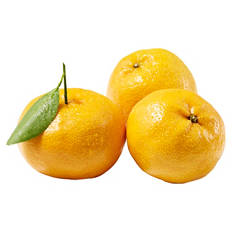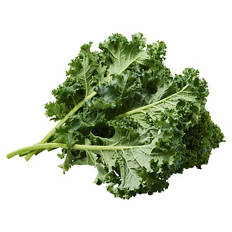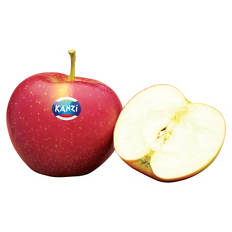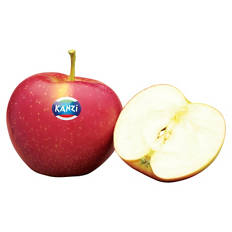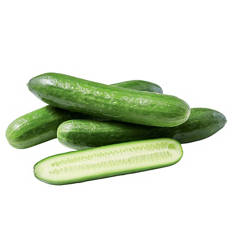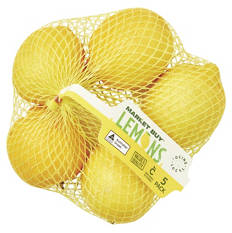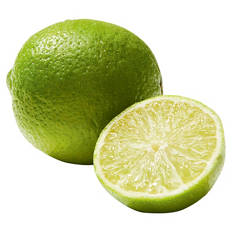ALDI’s fresh fruit and fresh vegetable shopping experience is like no other. Our Australian produce is sourced locally from farms and carefully inspected before being sold at ALDI. So when you pick up a crisp apple or a beautiful head of broccoli in store, you’ll know that it’s at its peak sweetness, temperature, firmness and colour. Everything has been hand selected by ALDI farmers, ready to be enjoyed by your family. Fresh from the farm to the our stores, our fresh vegetables and fruit are a staple of so many Aussie homes. Shop today!
Current store:
Skip to contentStore Selection
Confirm that the current location is correct to show your local store
How would you like to shop?
You selected a different store than the last time you were logged into your account.
Please note
- This change may effect product prices and availability.
- Your logged in devices might be effected to this new change.
Select one and confirm:
Welcome to Aldi
We assigned you a store and a service to shop from:
Change store
Please be aware our assortment may be different with the new store selection and might affect the products & prices displayed.
Some products are not available
You selected a different store or service that cannot provide some products in your cart.
Please note
- The following products will be removed from your cart
- Products
- Pantry
- Jams & Spreads
- Canned Food
- Oils & Vinegars
- Sauces
- Herbs & Spices
- Tea, Coffee & Hot Chocolate
- Stocks & Gravy
- Condiments & Dressings
- Pasta, Rice & Grains
- Cereals & Muesli
- Confectionery
- Crackers & Crisp Breads
- Chips, Corn Chips & Other
- Biscuit & Cookies
- Lunch Box
- Dried Fruits, Nuts & Jerky
- Health Foods
- Soups & Noodles
- Baking
- Pantry
- Catalogue
- Recipes
- Services

